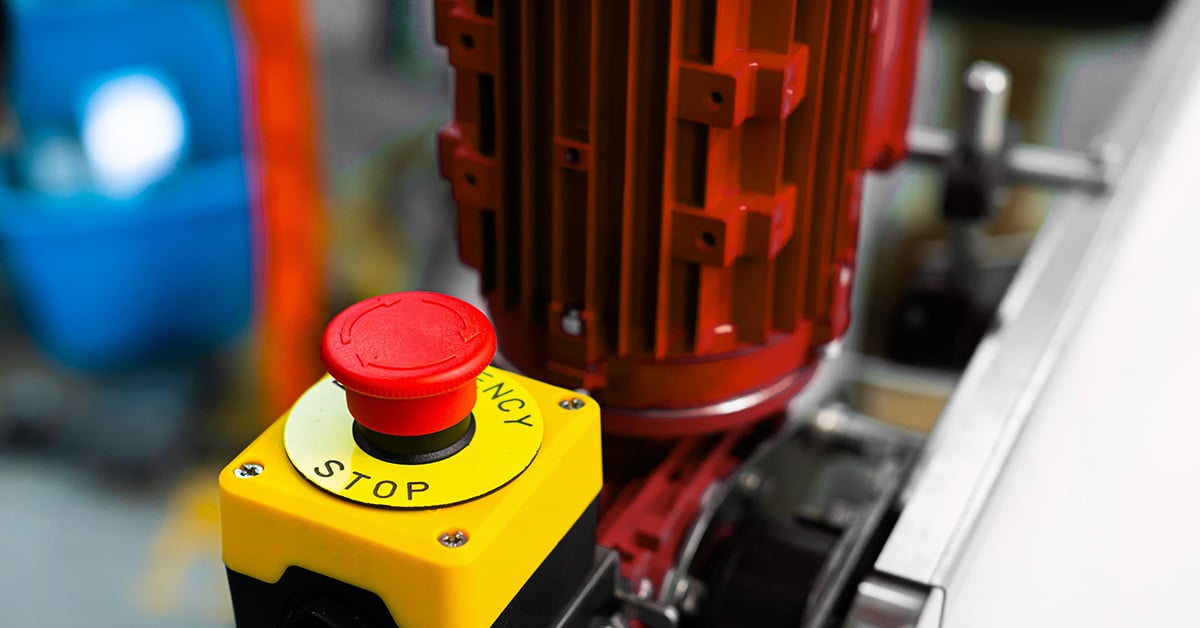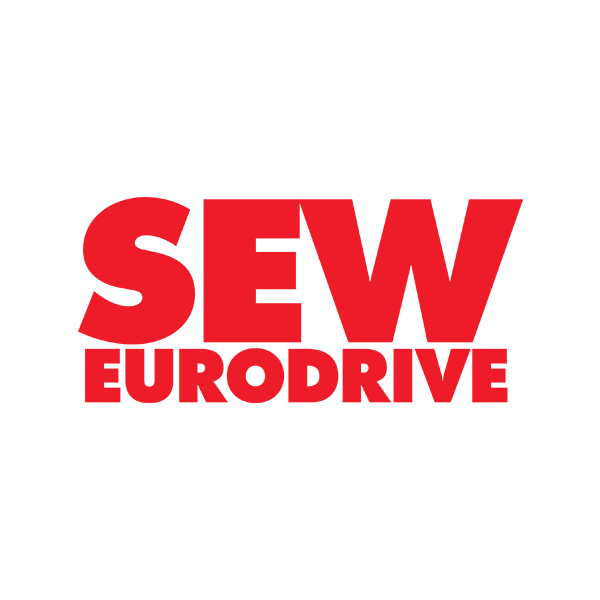Beyond Emergency Stops
In the world of industrial automation, it’s easy to think of safety as fences, signs, or barriers. These are essential components, but they are just the start. If your machines move, then the real safety work happens inside the control system. That’s where functional safety becomes crucial.
It’s a topic we get a lot of questions about, so let’s break it down:
- What is functional safety?
- How is it different from traditional control systems?
- How can it give you more flexibility, not just more red tape?
Before we dive in, please note that each safety function should be based on a documented risk assessment. Standards like ISO 13849 and IEC 62061 help define the right level of protection, like how much redundancy or diagnostics are needed, based on your specific application. Functional safety isn’t one-size-fits-all, so getting the design right is key to both safety and compliance.
What is functional safety?
At its core, functional safety refers to active safety mechanisms embedded within the control system. Unlike passive safety, such as physical guards or cages, functional safety continuously monitors conditions and actively responds when something goes wrong.
Take an emergency stop button as an example. Pressing it triggers a sequence: input signal detection, logic processing, output activation, and ultimately, halting the machine. Functional safety ensures every link in that chain works properly, and that faults are detected and mitigated so the system behaves safely, even under failure conditions.
How is it different from traditional control systems?
In standard control systems, a single sensor or logic path may be all that’s needed to carry out a function. But when human safety is involved, that's not enough.
Functional safety systems are designed with:
- Redundancy (dual-channel logic, redundant sensors, etc.)
- Diagnostic coverage (fault detection and reaction)
- Validated safety functions, based on assessed risks
To draw a comparison, your home laptop likely has one processor. If it crashes, you reboot or replace it. But in aerospace, or safety-critical systems, you’ll often find triple redundancy. The stakes are higher, so the system must tolerate faults without compromising safety. The same logic applies to motion control systems.
Real-World Applications of Functional Safety
Here are some common ways functional safety shows up in motion environments:
- Safe Torque Off (STO)
One of the most fundamental safety functions, STO prevents the motor from producing torque. It’s widely used as a base-level safeguard in drives and inverters, particularly for stop-category 0 applications. - Safe Speed Monitoring (SSM)
In some cases, you don’t need to stop the machine entirely, just reduce speed to enable safe operator access or maintenance. By integrating a safety-rated encoder and drive with speed-monitoring functionality, the system can continue operating at controlled speeds while shutting down if thresholds are exceeded. This improves safety and reduces downtime during routine access. - Safe Brake Systems
Vertical applications like hoists or lifting platforms often rely on mechanical brakes to hold loads in place. SEW-EURODRIVE offers brake systems that can be integrated into safety functions, but this isn’t as simple as adding a part; it requires a properly engineered solution, including diagnostics, system validation, and application-specific planning.
NOTE: Not to be confused with "Safe Brake Control" (SBC), which refers to electrically interrupting brake control signals. Safe brake systems, on the other hand, are about ensuring the brake itself performs reliably in a safety-critical role.
SEW-EURODRIVE is among the few providers in the industry who support this kind of safe mechanical braking when implemented with the right risk mitigation approach.
How can it give you more flexibility?
Functional safety isn’t one-size-fits-all. Some applications require a complete stop at the first sign of risk. Others, with the right safeguards in place, benefit from controlled motion, reducing downtime while still protecting personnel.
This is where functional safety plays a critical role. It’s not always about stopping motion; it’s about controlling it safely, but only when your risk assessment supports that approach. While stopping is typically the safest default action, advanced safety functions can offer greater flexibility and help minimize downtime.
SEW-EURODRIVE offers a broad selection of components that support safe system design:
- Drives and inverters with built-in safety functions (e.g., STO, SS1, SLS, etc.)
- Motors with safety-rated encoders
- Safety modules and diagnostic tools
- Application support for risk-based selection and integration
These components are not inherently compliant on their own. Compliance with safety standards depends on how components are selected, implemented, and validated at the system level.
Looking Ahead
As machines become more autonomous and collaborative, safety can’t be an afterthought. Engineers today must safeguard not only machines and people, but workflows, uptime, and the entire operational ecosystem.
Functional safety enables that evolution. It ensures your system knows what to do when things go wrong and does it in a way that balances protection with performance.
Want to Learn More?
Explore SEW-EURODRIVE’s safety-ready technologies, project planning support, and selection tools:
- MOVISAFE® Functional Safety
https://www.seweurodrive.com/products/safety-technology/movisafe-functional-safety/movisafe-functional-safety.html - SEW Configuration & Selection Tool (SCL)
https://scl.sew-eurodrive.com/
If you have specific application questions or need guidance on risk assessment and implementation, reach out to your SEW representative.
About SEW-EURODRIVE
Founded in 1931 in Bruchsal, Germany, SEW-EURODRIVE is a global leader in Industrial Automation, with operations in over 50 countries, 17 manufacturing plants, 92 assembly facilities, and more than 21,000 employees. The company holds over 1,000 patents, continuously driving technological advancements in gearmotors, frequency inverters, servo drives, and Industry 4.0 solutions.
SEW-EURODRIVE provides engineered solutions in countless industries, including automotive, food & beverage, pharmaceuticals, mining, steel, logistics, energy, and more, providing customized automation solutions that enhance efficiency, productivity, and sustainability. Despite its global reach, SEW remains family-owned, ensuring long-term vision, strong values, and a commitment to excellence.
SEW-EURODRIVE. Driving the World™
SEW-EURODRIVE, Inc.
220 Finch Road
Wellford, SC 29385
(P): (864) 439-7537



